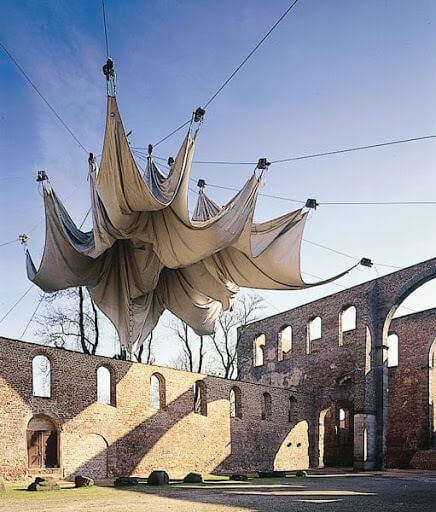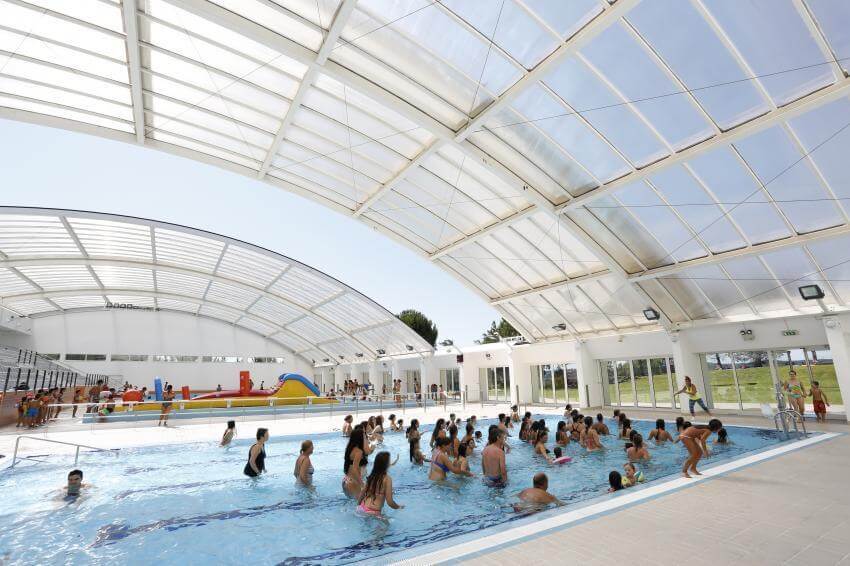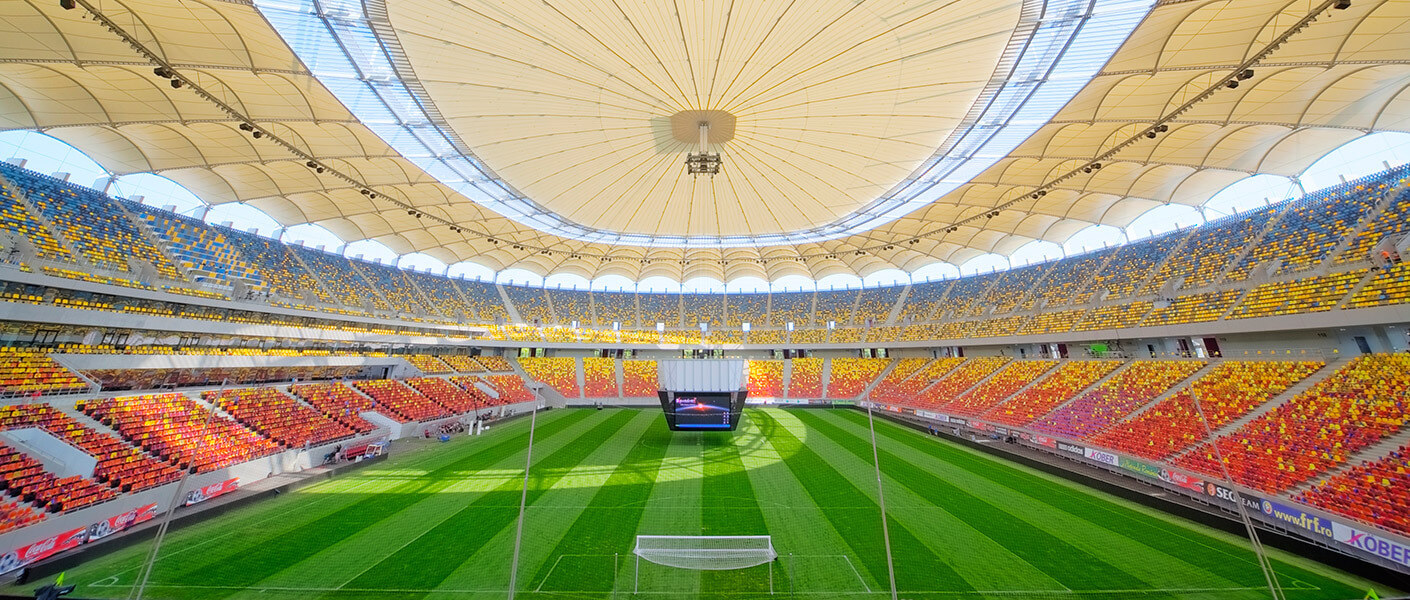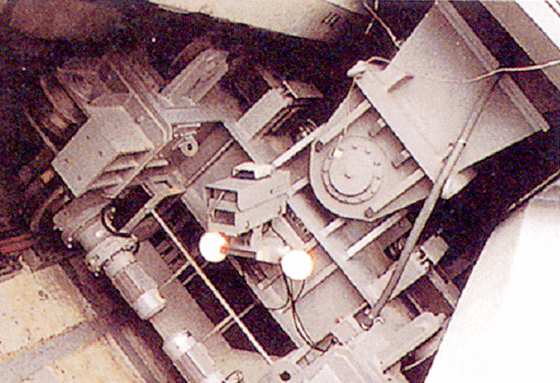Retractable roofs Design
Having a retractable roof instead of a fixed one can be a huge advantage for your building.
When the roof is closed you can define the internal conditions you want, like temperature or humidity and when the roof is open you can create an exterior environment inside the building. We usually see this type of solution in sports complexes like stadiums and swimming pools but there are other possible applications, especially for public spaces.
Several types of retractable roof systems can be found, divided by the way they work, but the two main groups are the ones with a rigid roof or with a membrane roof. A Rigid roof has less flexibility in the design but can provide great insulation between the inside and the outside when closed. Usually, with a rigid roof, you can have a linear or circular sliding roof and a pivoted system. With membrane roof, there are many more possibilities and there are a lot of developments being carried on creating rigid support structures that can have the same flexibility of the membranes to fold.

The symbiosis between the Architects and Engineers in this type of structure must be complete.
A very small change of some centimeters in the design can eliminate a mechanical or structural solution for the cover. Despite the normal roofs which have few degrees of freedom, these retractable roofs, in order to move, must have many more degrees of freedom and much more tendency to displace themselves. If you think for example in a structure supported on a rail, it can move freely in the direction of the rail but in the perpendicular direction, the only thing that is stopping it is the friction of the rail and a small ledge on the rail.
In this type of covers some special design requirements must be foreseen:
- The forces of the supports must be kept between a range of admissible values for the structure to maintain its position. That’s why it is very important to analyze all the possible positions of every load, even accidental ones, and see what the eccentricity effects on the supports are.
- Mechanisms to guarantee air and water tightness must be analyzed in all the contour of every movable piece.
- The structure is moving in some cases a lot of times per day and so the durability and fatigue of every static and mechanical element must be analyzed.
- Each movable part besides static forces has also movement and inertia forces mainly due to acceleration and braking.

Folding retractable roofs, with membranes and cables, must have other special considerations in the design like:
- In a closed position the roof must have a proper tension in order to provide a stable cover that does not touch in the rigid parts of the structure.
- The cables must be designed for all the tension and movements that moving loads of the folding membrane can cause.
- The roof must be safe in all the positions that the membrane can have during the opening and closing operations.

Besides the needed symbiosis we addressed earlier between Architects and Engineers, another one between Mechanical Engineers and Structural Engineers must be granted.
Retractable roofs have a lot of moving parts that have a huge impact on every part of the structure. There are multiple ways we can put the roofs moving but each of those ways must be carefully analyzed between the static parts and mechanical parts. As you probably can see, when we increase the size of the structure, the size of the mechanical elements also increases, and it will become more difficult to guarantee the correct functioning and safety of the cover with those big elements.

There are still a lot of things engineers can do in this field, especially in foldable roofs, using the new materials and new computational ways to analyze everything.
At Slefty we already have experience in the design and of course, we continue our pursuit to develop more ways to spread these kinds of solutions across the globe.
Sources:
https://www.mhi-ms.com/products/hyperintegralspace/movable_roof/
http://eccon.biz/retractable-roofs/roof-systems/
http://www.simskultur.net/stiftsruine-bad-hersfeld/programm/die-lustigen-weiber-von-windsor
Kazuo Ishii, Structural Design of Retractable Roof Structures, WIT Press


